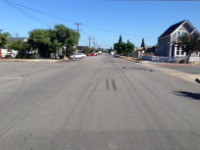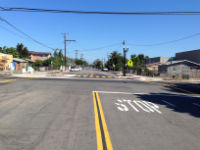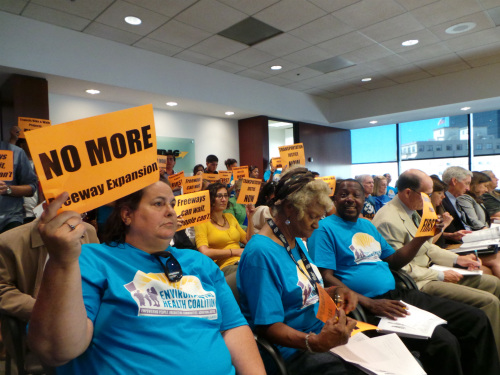 What is going on with transportation justice?
What is going on with transportation justice?
SANDAG is in the process of composing the Regional Transportation Plan which determines how, when and which transportation projects will get funding for the next 35 years. Currently, they're considering scenarios that prioritize freeway expansion while our community residents have prioritized bicycling, walking and public transit instead.
On Friday, September 12, nearly 50 community residents supported a transportation justice network scenario that puts people first by investing in transit, bicycling, and walking projects prior to freeway expansion. Despite great opposition, the SANDAG Board voted to move forward with a scenario focusing heavily on freeway expansion.
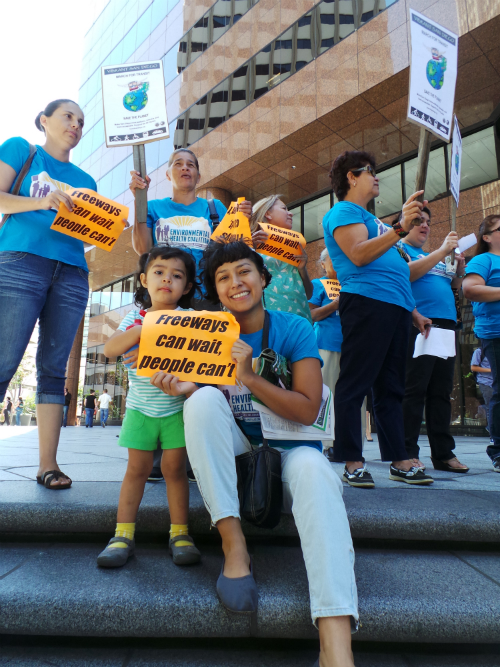 As a result of the residents who protested the freeway-focused scenarios, SANDAG is considering developing a network scenario that puts bicycling, walking and public transit first, but it wouldn't be on the table for consideration to be implemented for at least another four years. For decades, Los Angeles invested in freeway expansion as a means of traffic congestion relief, yet this type of planning and investment only yielded more traffic, gridlock and air pollution. Let's not have the San Diego region learn the same hard lesson that our northern neighbor did. Let's be proactive and implement a plan that puts transit, bicycling and walking first.
As a result of the residents who protested the freeway-focused scenarios, SANDAG is considering developing a network scenario that puts bicycling, walking and public transit first, but it wouldn't be on the table for consideration to be implemented for at least another four years. For decades, Los Angeles invested in freeway expansion as a means of traffic congestion relief, yet this type of planning and investment only yielded more traffic, gridlock and air pollution. Let's not have the San Diego region learn the same hard lesson that our northern neighbor did. Let's be proactive and implement a plan that puts transit, bicycling and walking first.
A community resident from City Heights said it best, "Freeways can wait, but the community can't." Freeway expansion is hazardous to our region's health, safety, quality of life, economy and future. We need a Regional Transportation Plan that puts people first, not cars.
What can we do about it?
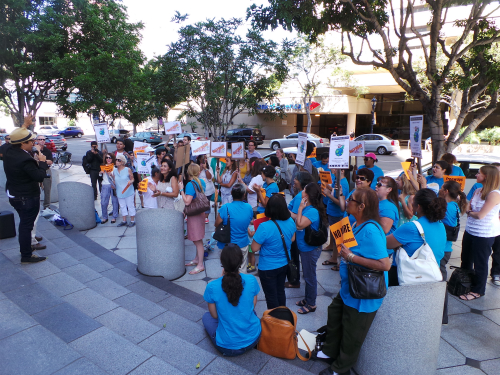 Become engaged in developing a transportation justice network scenario, which puts transit, bicycling and walking investments first. We need you to join us in demanding San Diego prioritize public transit, bicycling and walking before freeway expansion. You can speak up today by sending the below email to advocate for transportation justice. Esta dirección de correo electrónico está siendo protegida contra los robots de spam. Necesita tener JavaScript habilitado para poder verlo.
Become engaged in developing a transportation justice network scenario, which puts transit, bicycling and walking investments first. We need you to join us in demanding San Diego prioritize public transit, bicycling and walking before freeway expansion. You can speak up today by sending the below email to advocate for transportation justice. Esta dirección de correo electrónico está siendo protegida contra los robots de spam. Necesita tener JavaScript habilitado para poder verlo.
Suggested Text:
As a resident of San Diego, I support a network scenario that includes development of public transit, bicycling and walking projects first over the next ten-year period, halting any freeway expansion until the transit system is fully built and operational. I hope to see these initiatives focused first on the San Diego urban core and overburdened communities most effected by the lack of affordable and efficient transit options.
Sincerely,
(Your name)
Recipients:
- Esta dirección de correo electrónico está siendo protegida contra los robots de spam. Necesita tener JavaScript habilitado para poder verlo. – General comment to be submitted to entire board
- Esta dirección de correo electrónico está siendo protegida contra los robots de spam. Necesita tener JavaScript habilitado para poder verlo. – Project manager for the RTP
- Esta dirección de correo electrónico está siendo protegida contra los robots de spam. Necesita tener JavaScript habilitado para poder verlo. – Transportation Committee Chair
- Esta dirección de correo electrónico está siendo protegida contra los robots de spam. Necesita tener JavaScript habilitado para poder verlo. – Regional Planning Committee Chair
- Esta dirección de correo electrónico está siendo protegida contra los robots de spam. Necesita tener JavaScript habilitado para poder verlo. – SANDAG Board President
For more information, contact Monique Lopez Esta dirección de correo electrónico está siendo protegida contra los robots de spam. Necesita tener JavaScript habilitado para poder verlo. or phone: 619-474-0220 x 130.
Thank you for supporting transportation justice!
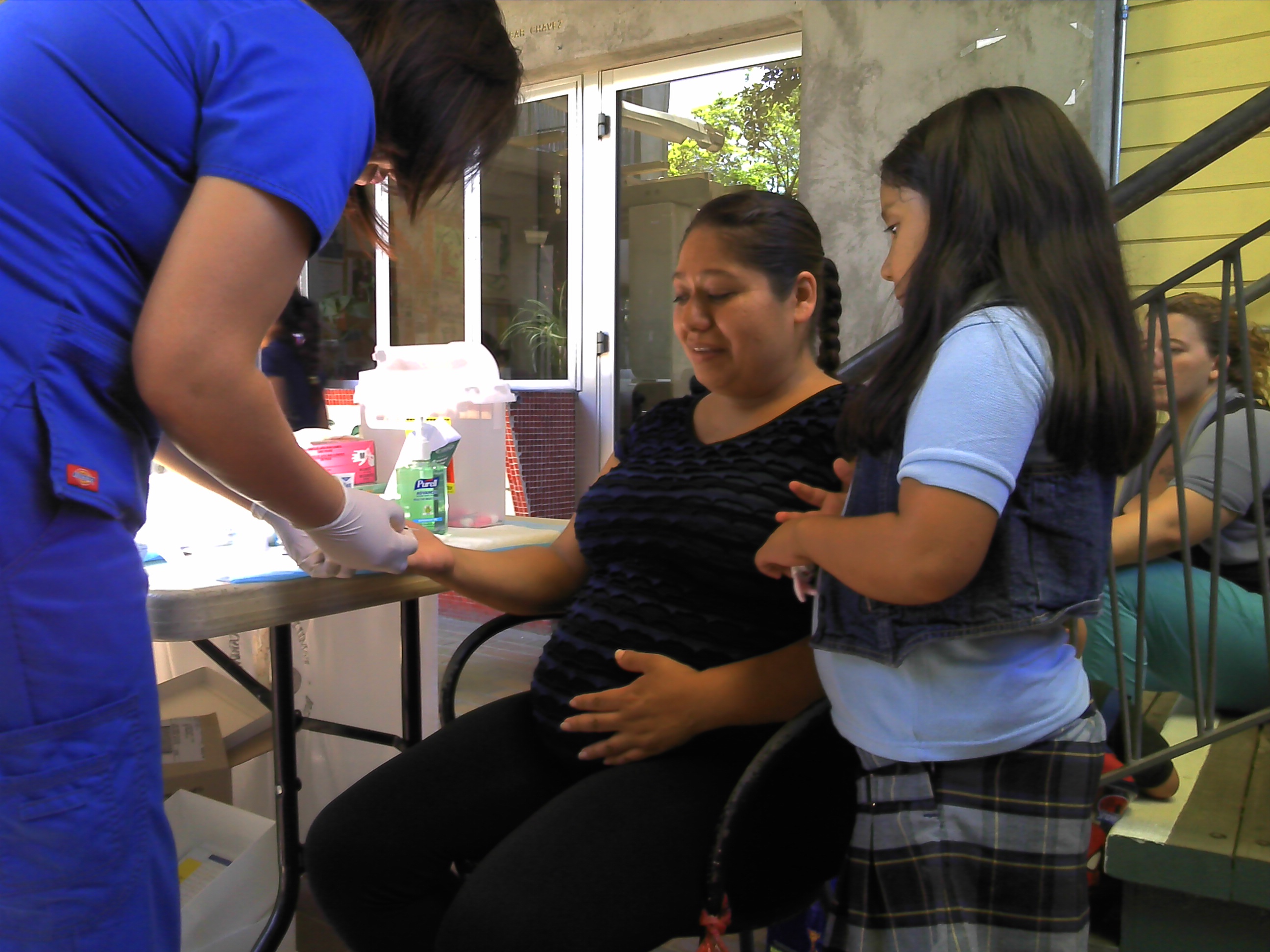 Last week we partnered with San Diego's Home Safe Home program and the La Maestra Family Clinic to offer blood-lead tests to children and pregnant women.
Last week we partnered with San Diego's Home Safe Home program and the La Maestra Family Clinic to offer blood-lead tests to children and pregnant women.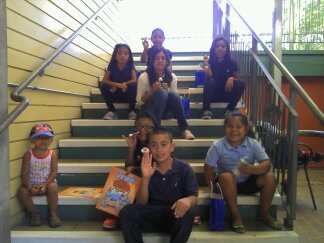 Did you know 75 percent of homes built before 1979 contain some lead-based paint? Lead is most commonly found on exterior-painted surfaces, interior woodwork, doors and windows. EHC recommends children get a blood-lead test every year until age six to prevent blood-lead poisoning.
Did you know 75 percent of homes built before 1979 contain some lead-based paint? Lead is most commonly found on exterior-painted surfaces, interior woodwork, doors and windows. EHC recommends children get a blood-lead test every year until age six to prevent blood-lead poisoning.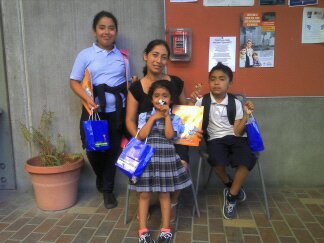


 What is going on with transportation justice?
What is going on with transportation justice? As a result of the residents who protested the freeway-focused scenarios, SANDAG is considering developing a network scenario that puts bicycling, walking and public transit first, but it wouldn't be on the table for consideration to be implemented for at least another four years. For decades, Los Angeles invested in freeway expansion as a means of traffic congestion relief, yet this type of planning and investment only yielded more traffic, gridlock and air pollution. Let's not have the San Diego region learn the same hard lesson that our northern neighbor did. Let's be proactive and implement a plan that puts transit, bicycling and walking first.
As a result of the residents who protested the freeway-focused scenarios, SANDAG is considering developing a network scenario that puts bicycling, walking and public transit first, but it wouldn't be on the table for consideration to be implemented for at least another four years. For decades, Los Angeles invested in freeway expansion as a means of traffic congestion relief, yet this type of planning and investment only yielded more traffic, gridlock and air pollution. Let's not have the San Diego region learn the same hard lesson that our northern neighbor did. Let's be proactive and implement a plan that puts transit, bicycling and walking first. Become engaged in developing a transportation justice network scenario, which puts transit, bicycling and walking investments first. We need you to join us in demanding San Diego prioritize public transit, bicycling and walking before freeway expansion. You can speak up today by sending the below email to advocate for transportation justice.
Become engaged in developing a transportation justice network scenario, which puts transit, bicycling and walking investments first. We need you to join us in demanding San Diego prioritize public transit, bicycling and walking before freeway expansion. You can speak up today by sending the below email to advocate for transportation justice. 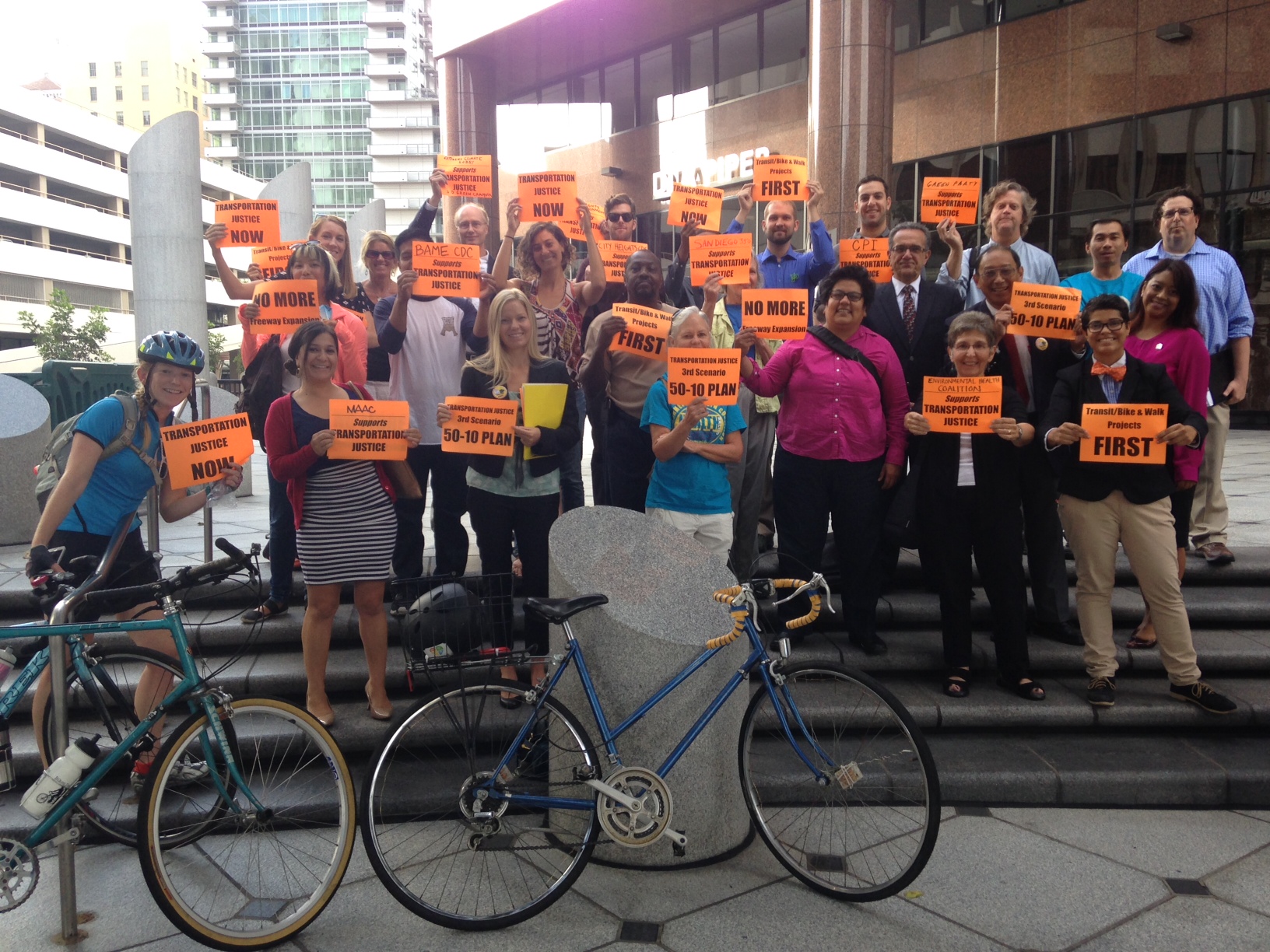
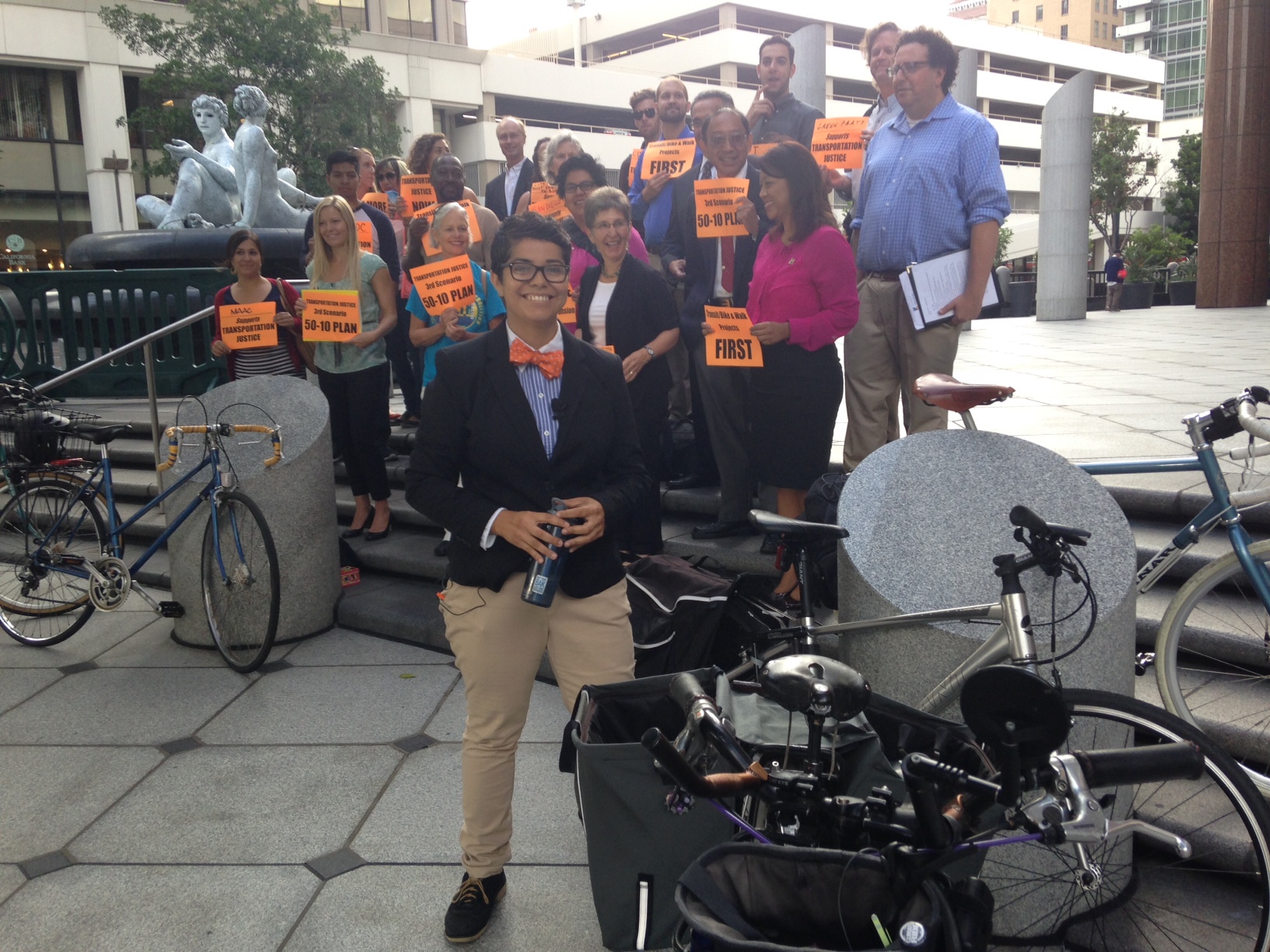
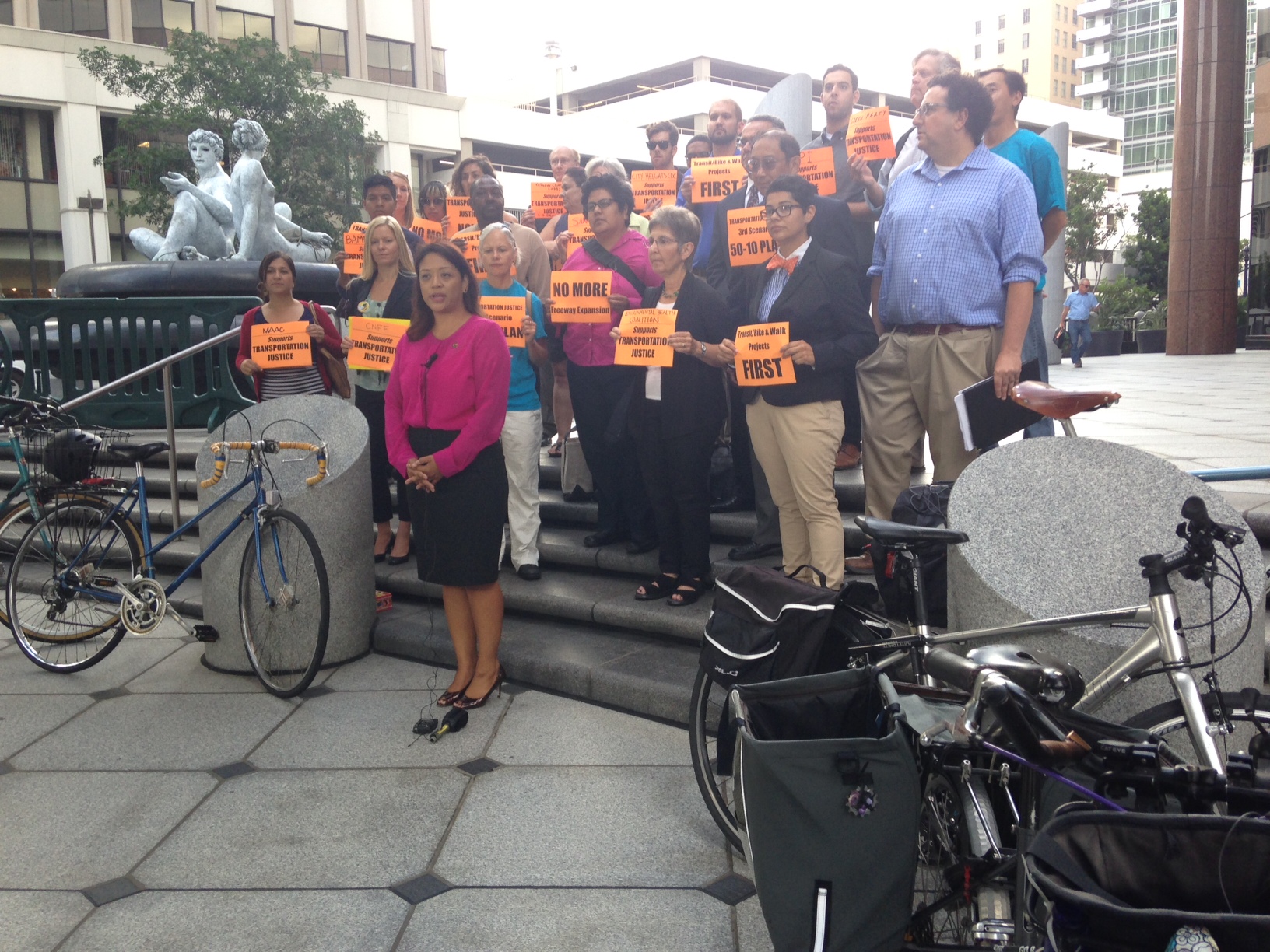
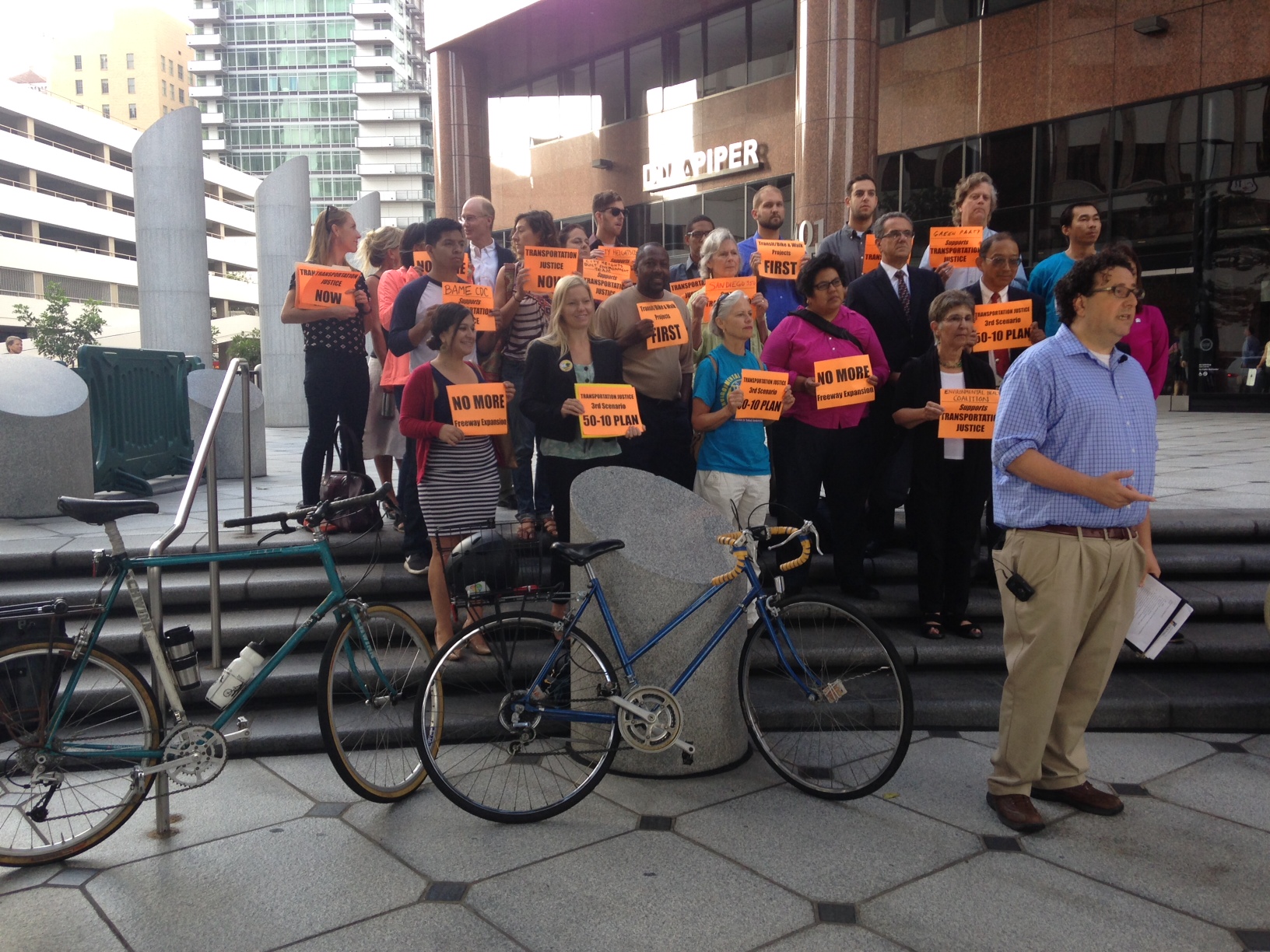 The third scenario represents an opportunity to improve air quality and quality of life for residents of underserved neighborhoods who can't afford public transit, struggle with hours of daily commuting and can't safely walk or bike on existing streets.
The third scenario represents an opportunity to improve air quality and quality of life for residents of underserved neighborhoods who can't afford public transit, struggle with hours of daily commuting and can't safely walk or bike on existing streets. I never thought stop signs would mean so much in my life. Last week I joined the community of Old Town National City in celebrating the
I never thought stop signs would mean so much in my life. Last week I joined the community of Old Town National City in celebrating the 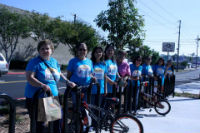 feel the joy, pride and sense of accomplishment with every step; the city had heard the community voice and listened. Residents confirmed how proud they were to have been involved in the planning process.
feel the joy, pride and sense of accomplishment with every step; the city had heard the community voice and listened. Residents confirmed how proud they were to have been involved in the planning process. the student pick-up and drop-off area at the school and increase outdoor lighting and shading.
the student pick-up and drop-off area at the school and increase outdoor lighting and shading. 